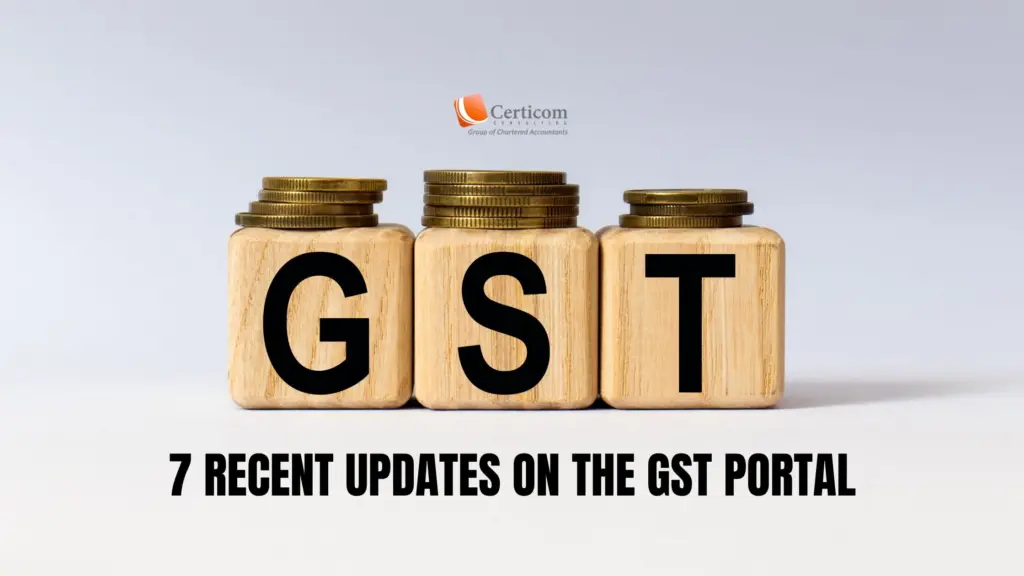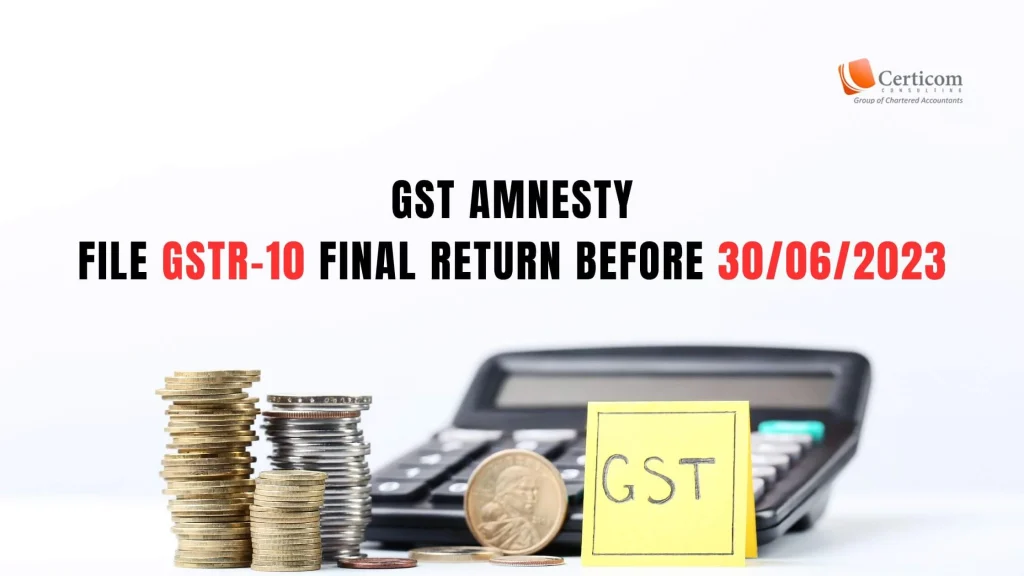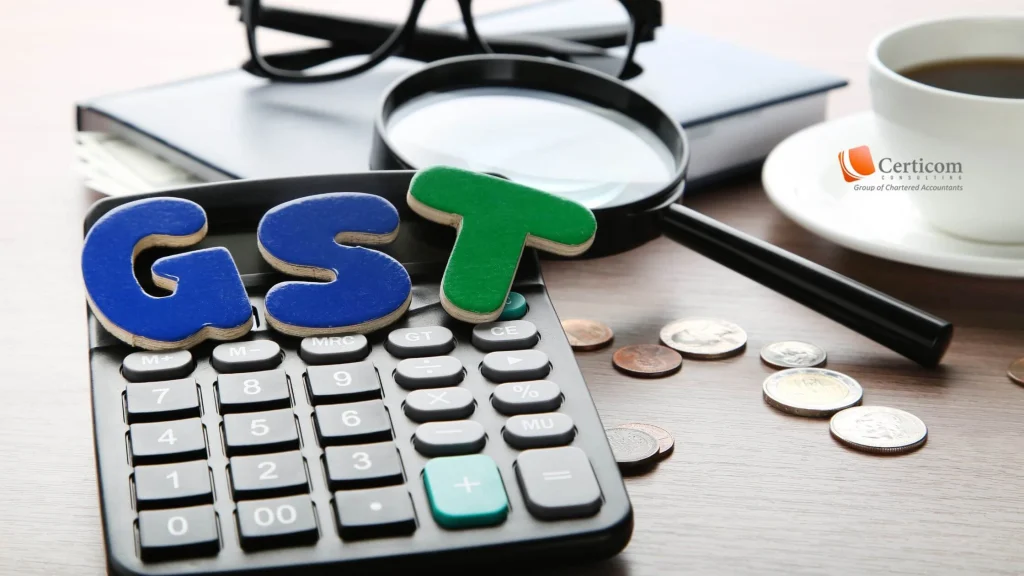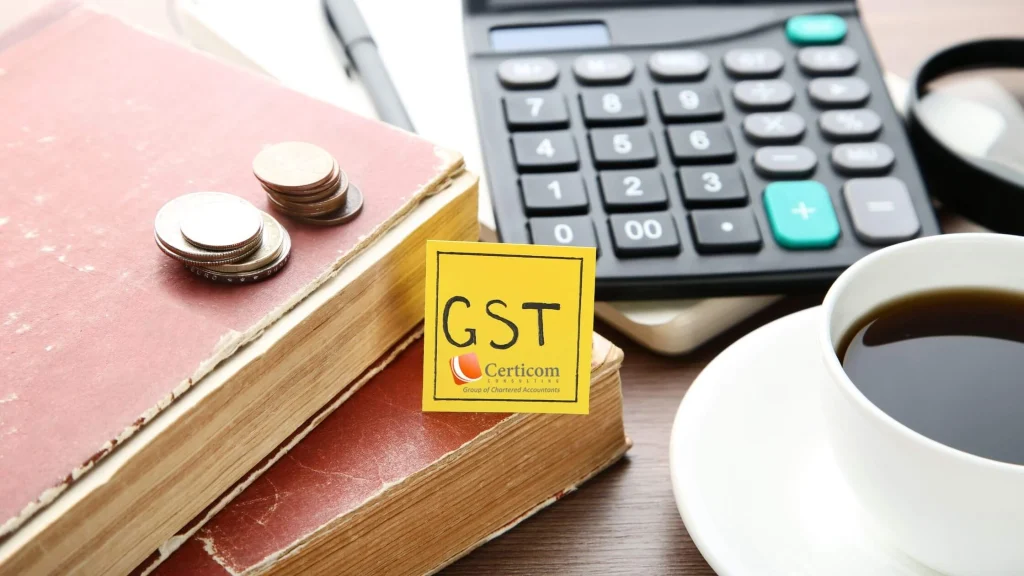7 RECENT UPDATES ON THE GST PORTAL

The GST portal has introduced several new features and updates to enhance the user experience and streamline various processes. This article highlights the recent changes, including geocoding of the principal place of business, user ID generation for unregistered persons supplying to e-commerce operators, detailed reason for registration cancellation, AATO enablement, annual return filing, changes in Form GST APL-01, and updates to the amnesty scheme.
Geocoding of Principal Place of Business by exiting Taxpayers for specific States
The Geocoding of Principal Place of Business for Existing taxpayers (Normal Taxpayer/ Composition/ Casual Taxable Person/ Input Service Distributor (ISD)/ SEZ Developer/ SEZ Unit ) has been enabled for the States of Delhi, Karnataka, Rajasthan, Telangana, Haryana and Gujarat. It will be extended to all other States in due course.
Functionality for generating User ID by unregistered persons for supplies to e-Commerce operators
The unregistered persons making supplies through an e-Commerce operator would now be able to generate User ID on the portal by navigating GST portal Home page Services > User Services > Generate User ID for Unregistered Applicant > To Apply as a Supplier to eCommerce option.
Providing detailed Reason for Cancellation of Registration on My Profile Page
The actual section/sub-section for which the registration of a taxpayer was cancelled will now be made available to the taxpayers in My Profile section as well as in the cancellation order in Form GST REG-19.

Enabling AATO for the FY 2022-23 on portal
Aggregate Annual Turnover for the Financial Year 2022-23 has been enabled on the dashboard. Taxpayers can now view and update the AATO, if required.
Enablement of Annual return for the FY 2022-23
Annual Return (Form GSTR-9) for the FY 2022-23 has now been enabled on the portal and document wise details in table 8-A have also been provided to help the taxpayers to file their returns.
Enabling Multiple FY in Form GST APL-01
Changes have been made in Form GST APL-01 to enable the pre deposit for multiple financial years as per law.
Amnesty scheme changes
All registered persons who were issued with an assessment order for non-filing of return in Form GSTR-3B, on or before the 28th day of February, 2023 and if such taxpayers file returns , on or before 30th June 2023, along with the applicable late fee and interest, the demand already created will be nullified and taxpayers will not be required to file an appeal for the same
Related Post
Salaried and Stressed: A Step-by-Step ITR Filing Guide
Top 7 Income Tax Errors That Invite IT Notices
Resident’s Guide to Buying NRI Property in India
Book A One To One Consultation Now For FREE
How can we help? *










